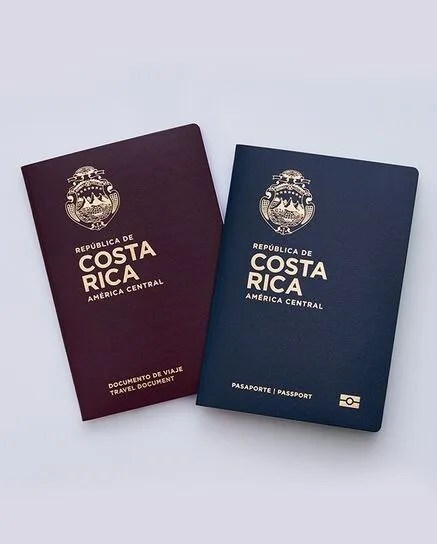As climate change intensifies, more people are asking:
“Where will still be safe to live in 10 years?”
Welcome to climate migration—the growing trend of relocating to eco-stable nations with low environmental risk, good infrastructure, and welcoming immigration policies.
This guide ranks the top countries to consider for relocation based on climate safety, affordability, and visa access as of 2025.

Table of Contents
🌪️ Why Climate Migration Is Real (and Urgent)
By 2030:
- 1 in 3 people may face water stress
- Sea levels could rise by 1 foot
- Heatwaves, floods, and food insecurity will become more common
Rather than wait for disaster, savvy expats are proactively moving to safer countries that are: ✅ Outside high-risk zones
✅ Self-sufficient in food & energy
✅ Open to remote workers or retirees
🛫 6 “Low-Risk” Countries to Relocate to Before 2030
1. Uruguay
- 💧 Stable democracy, water-rich, renewable energy leader
- Visa: Residency with proof of income
- Climate: Temperate, no hurricanes or earthquakes
2. Canada (Atlantic Provinces)
- 🌲 Cooler, wetter regions like Nova Scotia and Newfoundland are climate havens
- Visa: Express Entry or Start-Up Visa for entrepreneurs
- Bonus: Free healthcare and strong infrastructure

3. Portugal
- 🌞 Mild climate, progressive policies, low disaster risk
- Visa: D7 for remote workers or retirees
- Bonus: Ranked high for quality of life and safety
4. New Zealand
- 🐑 Far from global conflict zones, with low pollution and smart climate strategy
- Visa: Skilled Migrant or Investor Visa
- Bonus: English-speaking, nature-forward culture

5. Slovenia
- ⛰️ Freshwater access, forested, part of EU Schengen zone
- Visa: Self-employment or Startup visa
- Bonus: Central location in Europe, affordable living
6. Costa Rica (Highlands)
- 🌄 Elevated regions like San José or Atenas offer perfect climate + low risk of hurricanes
- Visa: Rentista or Digital Nomad Visa
- Bonus: Green energy leader, pura vida lifestyle

📊 Climate Resilience Scorecard (2025)
| Country | Disaster Risk | Water Security | Healthcare Access | Visa Friendliness |
|---|---|---|---|---|
| Uruguay | ✅ Low | ✅ High | ✅ High | ✅ Easy |
| Canada | ✅ Low | ✅ High | ✅ Very High | ⚠️ Moderate |
| Portugal | ✅ Low | ✅ Medium | ✅ High | ✅ Easy |
| New Zealand | ✅ Very Low | ✅ High | ✅ High | ⚠️ Moderate |
| Slovenia | ✅ Low | ✅ High | ✅ High | ✅ Medium |
| Costa Rica | ✅ Medium | ✅ Medium | ✅ Good | ✅ Easy |
🏡 What Makes a Country “Climate-Safe”?
- 🧊 Stable temperatures year-round
- 💧 Abundant clean water supply
- 🌾 Local food production capability
- 🌬️ Natural disaster resistance
- 🏥 Access to healthcare and emergency services
- 🧳 Immigration paths for foreigners

❓ FAQ
Q1: Is this only for eco-activists or anyone?
A: Climate migration is for anyone who wants long-term safety, stability, and sustainability—not just activists.
Q2: What if I don’t qualify for a work visa?
A: Many countries offer visas for retirees, digital nomads, or people with passive income.
Q3: Are these countries expensive to live in?
A: Not necessarily. Slovenia, Uruguay, and inland Costa Rica are affordable on $1,500/month or less.
Q4: How do I check the risk level of a country?
A: Use tools like ND-GAIN Index, Climate Risk Index, or UNDRR data.
Q5: Do these countries accept climate refugees?
A: Some are developing policies, but most current migration must be through legal residency routes.



